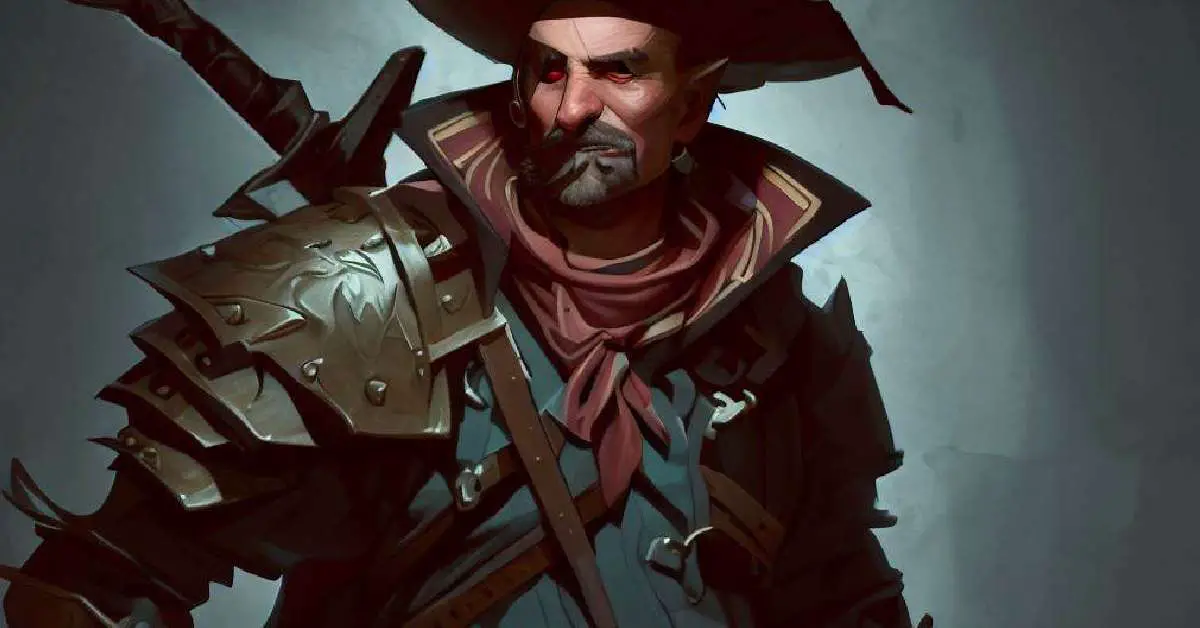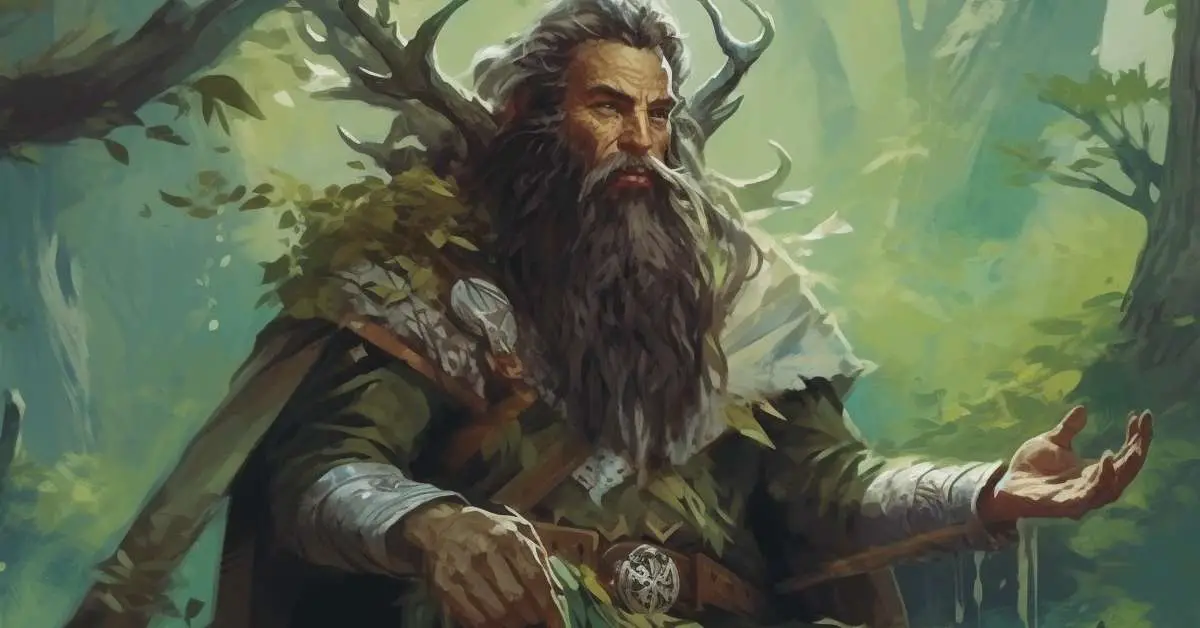
I see you’ve picked up a shiny new character sheet for Dungeons & Dragons 5th Edition. You’ve got your race, class, abilities, and spells all sorted out. You’ve even doodled a little portrait in the corner there (and a nice one at that!). But you’re staring down at that little section on the bottom right marked “Equipment” and wondering just what in the Nine Hells goes in there. Not to worry, your trusty guide is here to unravel the mysteries of the 5e equipment sheet.
Understanding the Basics
First, let’s answer the burning question – why is equipment so important in D&D 5e? Well, every rogue needs their lockpicks, every wizard their wand, and every barbarian their… well, bigger and meaner weapons. The point is, equipment isn’t just gear. It’s your character’s lifeline. It can be the difference between glorious victory and a “rocks fall, everyone dies” kind of situation. So yes, the 5e equipment sheet is crucial, my friend.
Your equipment includes a vast array of items, from the magical and wondrous to the mundane and practical. It could be the Longsword of Dragon Slaying or a simple piece of chalk. Your equipment sheet is the inventory of your character’s belongings, and knowing what to put in there and how to manage it is an important part of D&D 5e gameplay.
Exploring the Contents of the 5e Equipment Sheet
Dungeons and Dragons is, at its heart, a game of imagination and creativity. And as such, there are no real limits to what you can put in your equipment list, as long as it’s in the realm of the game’s reality. But there’s some stuff that’s common, and we’ll focus on these:
Weapons
The stalwarts of any equipment list, weapons in D&D 5e come in all shapes and sizes. Your weapons could be as simple as a dagger or as grandiose as a greataxe. Remember, each weapon has its own properties, such as damage, weight, and cost, which you’ll need to keep track of on your equipment sheet.
Armor and Shields
If weapons are your offense, armor and shields are your defense. You’ll need to note down any armor or shields your character has, along with their Armor Class (AC) bonuses and any other special properties.
Adventuring Gear
This is where things get interesting. Adventuring gear covers a broad spectrum of items that could be useful to your character during their travels. Ropes, torches, rations, tents, thieves’ tools, arcane focuses — if you can use it in an adventure, it’s probably adventuring gear.
Magic Items
For many players, this is where the real fun begins. Magic items can be weapons, armor, potions, scrolls, rings, or more, each with unique abilities that can drastically affect gameplay. Owning a magic item isn’t just about power, though — it’s also a status symbol, a target on your back, a secret to be guarded.
Building Your Ultimate 5e Equipment Sheet
Building an ideal equipment sheet isn’t just about listing your stuff. It’s about understanding what each item can do and how it contributes to your character’s goals and survival. So how do you create the ultimate 5e equipment sheet? Here are a few tips:
Balance is Key
Having a balanced assortment of equipment is crucial in D&D 5e. Yes, that +3 Vorpal Sword might look cool, but it’s not going to feed you when you’re starving in the wilderness. Likewise,a pack full of trail rations and bedrolls won’t help much if you’re facing a horde of rampaging goblins. So, make sure you have a healthy mix of offense, defense, and utility items on your equipment sheet.
Know Your Class and Role
An arcane trickster might want a set of thieves’ tools and a wand of magic missiles. A battle-hardened fighter, on the other hand, might prefer a sturdy suit of plate armor and a trusty longsword. Think about your character’s class, background, and role in the party when choosing your equipment.
Don’t Forget the Mundane
The humble torch often gets overlooked in favor of shiny magic items, but it can be a lifesaver when you’re stumbling around in a pitch-black dungeon. Always have a good selection of basic adventuring gear on your equipment sheet.
Embrace the Unusual
A bag of ball bearings, a 10-foot pole, a bag of flour – these might not seem like exciting additions to your equipment sheet, but a creative player can turn these into invaluable resources. Never underestimate the power of unconventional equipment in D&D 5e!
Creating the Perfect Equipment Table
Here’s a sample of what an ideal equipment table might look like:
| Item | Quantity | Weight | Properties |
|---|---|---|---|
| Longsword | 1 | 3 lbs | Versatile (1d10) |
| Scale Mail | 1 | 45 lbs | AC 14 + Dex modifier (max 2), disadvantage on Stealth checks |
| Shield | 1 | 6 lbs | +2 AC |
| Potion of Healing | 2 | 0.5 lbs each | Restores 2d4+2 HP |
| Thieves’ Tools | 1 | 1 lb | Required for picking locks |
| Rations (1 day) | 5 | 2 lbs each | Needed to survive in the wilderness |
| Torch | 5 | 1 lb each | Provides light in dark places |
| Rope, Hemp (50 feet) | 1 | 10 lbs | Useful for climbing, tying up prisoners, etc. |
| Wand of Magic Missiles | 1 | 1 lb | Casts Magic Missile spell |
| Bag of Ball Bearings | 1 | 2 lbs | Can be used to create difficult terrain |
| 10-foot pole | 1 | 7 lbs | Can be used to check for traps, cross pits, etc. |
| Bag of Flour | 1 | 1 lb | Can reveal invisible enemies |
Don’t forget to update this table as you use, lose, or gain new items in your adventures. It’s not just a list – it’s a living part of your character’s story.
Wrapping It Up
So there you have it – the ins and outs of the 5e equipment sheet, all wrapped up in a neat little package. It’s not just a checklist of what you’re carrying – it’s a record of your character’s journey, the tools they’ve used to overcome challenges, the treasures they’ve found along the way, and the relics they carry from their past. So next time you look down at that little box marked “Equipment”, remember – it’s more than just stuff. It’s a part of who your character is. And who knows? With a little luck, the right piece of equipment could turn the tide in your next epic encounter.




